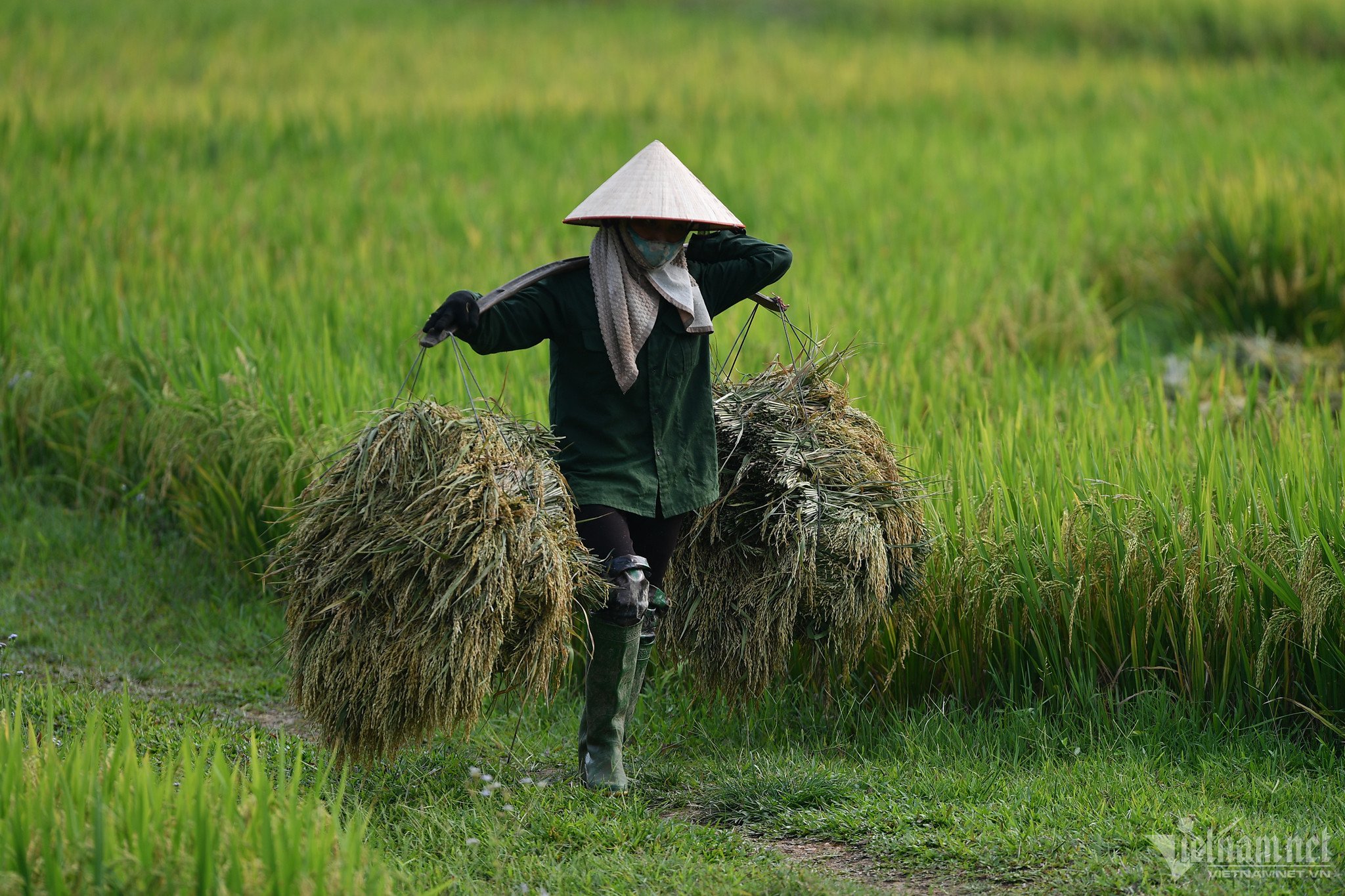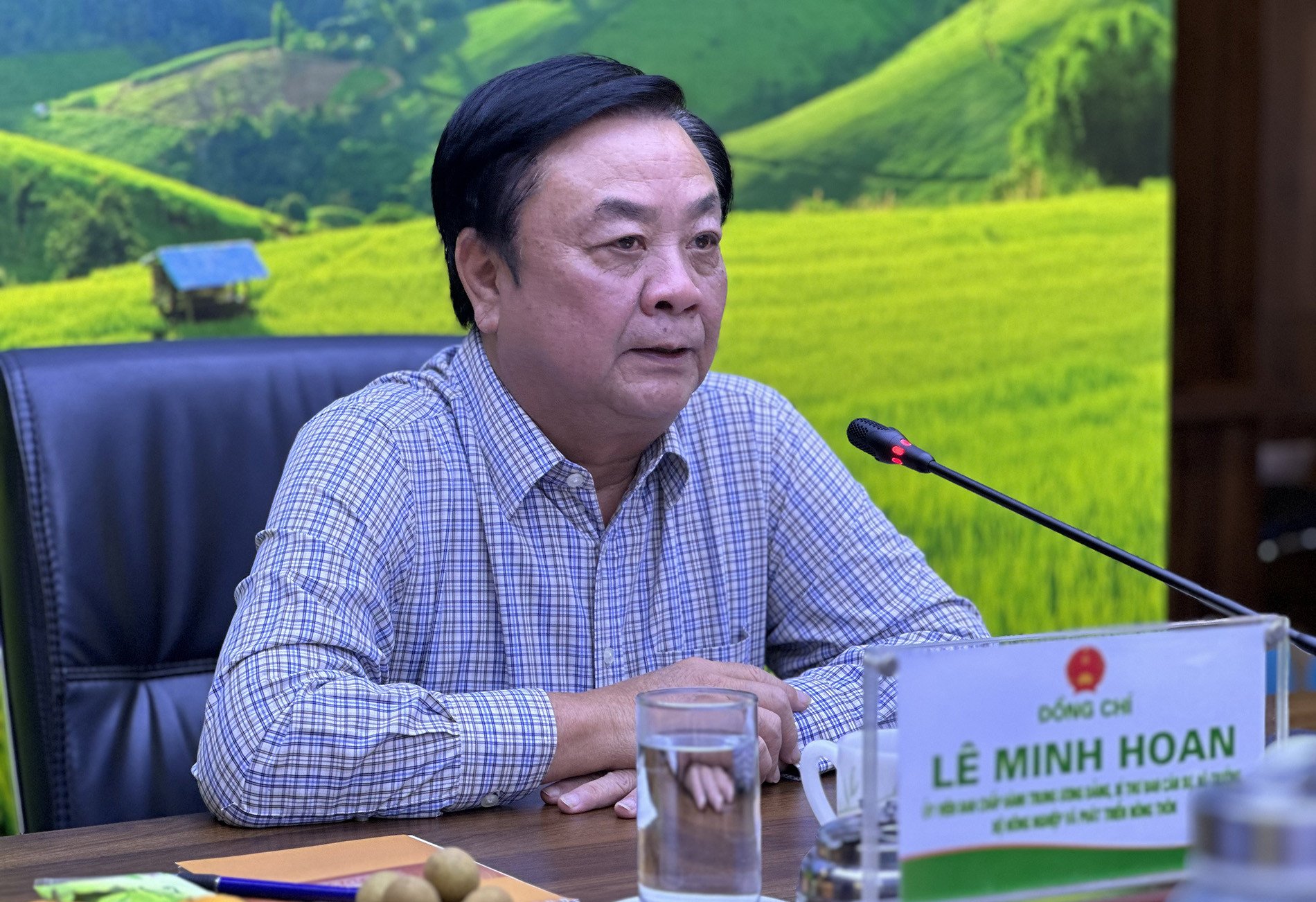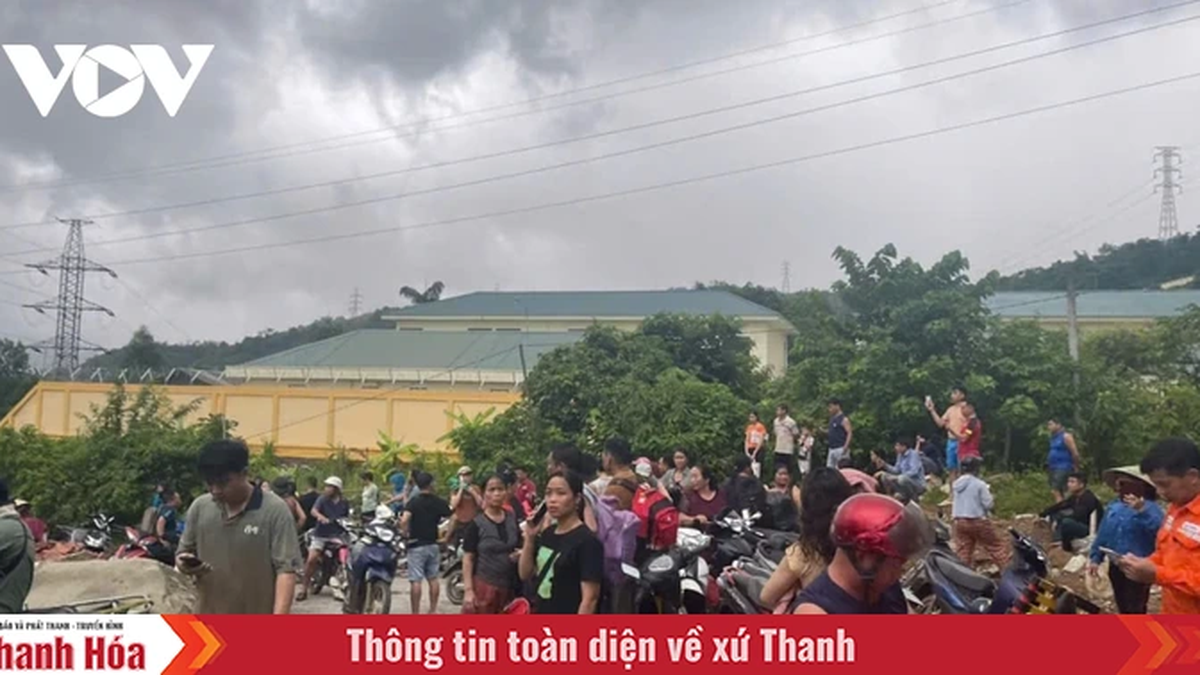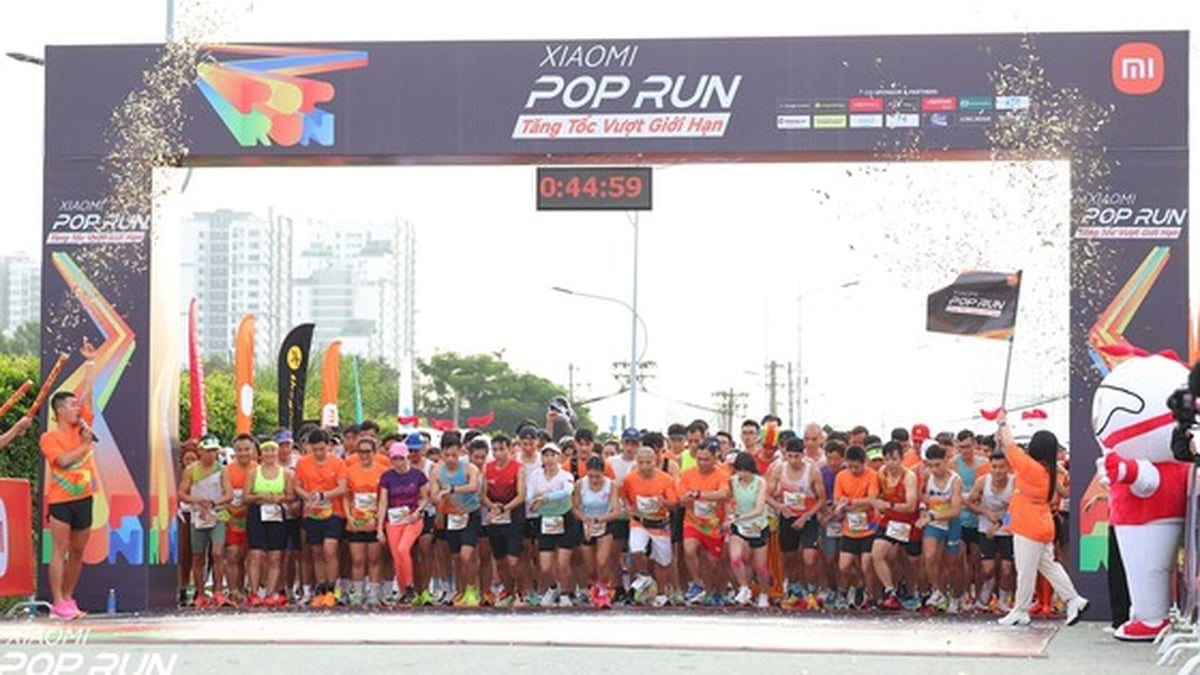Only take work for profit
These days, the global rice market is in turmoil as some countries such as India, Russia and the UAE have banned exports, causing a large shortage in the supply of this commodity.
The price of rice on the world market fluctuated strongly, reaching a historical peak, causing the domestic rice price to skyrocket. This is considered an opportunity for our country to boost exports and increase income for rice farmers.
Vietnam is always in the top 3 largest rice exporting countries in the world, earning about 3-3.5 billion USD each year. However, the income of rice farmers is still very low, most of them rely on labor for profit even though they work hard all year round. This is the reality of rice farmers like Mr. Le Van Xuan in Vi Thuy commune (Vi Thuy, Hau Giang ).
At the end of this year's summer-autumn rice crop, Mr. Xuan took out a notebook with detailed records of expenses when growing rice on his family's 0.8ha area to calculate. Of which, rice seeds cost 2 million VND, plowing 880 thousand VND, pumping 120 thousand VND, fertilizer and pesticides 9.6 million VND, sowing 120 thousand VND, rice transplanting 600 thousand VND, weeding 104 thousand VND, rice harvesting 1.4 million VND...
OM5451 rice is harvested and sold for 6,200 VND/kg. After deducting expenses, his family only makes a profit of 20 million VND.

“This crop, my family’s rice yield is higher than other households, and we also save a lot on input costs, so we get such a profit,” said Mr. Xuan. According to him, if there are many natural disasters and pests, we won’t get much profit after the harvest.
Mr. Nguyen Van Thich, Deputy Director of Tan Long Cooperative in Hau Giang, admitted that for farmers who grow rice according to tradition, fertilize and spray pesticides out of habit, their income is not high, only 35-40 million VND/ha for 2 rice crops.
Tan Long Cooperative has 106 farmer households working together, growing according to orders from businesses. Members all follow the method of buying and selling together, using fertilizers and pesticides according to techniques... so they can reduce about 25% of input costs, while the output is stable. However, they only earn about 90-100 million VND/ha.
Recently, An Giang province leaders said that a local farmer owns an average of 3,800m2 of rice land. Producing 2 rice crops/ha/year, farmers will earn about 3 million VND. Producing 1ha will earn 30 million VND. On average, each household has 5 people, if divided equally, it will only get 6 million VND/person/year, or 500,000 VND/month.
That is the income of farmers who have land for production, those who have to rent land are even worse off. If there is a crop failure, natural disaster, epidemic, or bad price, it is considered a heavy loss, this leader said.
Rice expert - Professor Vo Tong Xuan commented that this profit level is far lower than that of fruit tree and aquaculture farmers. Because, with rice, depending on the region and farming method, the income will be different. Not to mention, rice productivity also depends greatly on natural disasters and epidemics.
Even in areas where farmers cultivate well and have links to reduce input costs, if they sell rice at the current price of 6,500-7,000 VND/kg, they will only make a profit of about 20-25 million VND/ha/crop.
“In the Mekong Delta, farmers raising shrimp and fish in saltwater earn a lot of money, it is fascinating to look at. Meanwhile, farmers in freshwater areas who grow rice earn very little income,” he said. In many countries, rice farmers are poorer than those in other professions, and in our country, rice farmers are even poorer.
Thailand has delicious rice varieties, rice farmers' income is twice that of our country. In Japan, farmers join cooperatives, grow rice according to local plans, produce quality products, sell at high prices, and earn four times more than rice farmers in Vietnam, Mr. Xuan cited.

Don't just grow rice and sell it to traders.
At the 25th session of the National Assembly Standing Committee on the afternoon of August 15, delegate Nguyen Thi Viet Nga - Hai Duong National Assembly delegation - stated the current situation: Vietnam is the world's leading rice exporting country, but the people who grow rice are still poor, even very poor.
Regarding this issue, Minister of Agriculture and Rural Development Le Minh Hoan admitted that agriculture is the lowest income sector among economic sectors. Rice growers have the lowest income in agriculture.
“In the context of rice prices increasing every day, this is an opportunity to increase farmers' income,” said the Minister.
He also shared a message he received from a farmer in the West at the beginning of his term: “If rice prices are high and incomes are stable, we are willing to bring mosquito nets to watch the rice, ensuring food security. If rice prices are low, we will have to abandon our fields.”
The minister said that was what was “haunting his mind”: How to improve the income of rice farmers?
Not only the price issue, according to the Minister, what needs to be done is to do the “subtraction problem”, that is, reduce input costs such as seeds, fertilizers, and pesticides. Because the economic problem has two ends, one end decreases and the other increases.
Furthermore, if we only think that farmers grow what they enjoy, then we are not following the spirit of Resolution 19. That is, shifting from single-value growth to multi-value integrated growth.
“Rice space” can create other industries. Along with that, a multi-dimensional view is needed. Local authorities can research and encourage farmers to join cooperatives, buy together, sell together, and create many common services. Income will be in each of those segments. It is not just about growing rice and selling paddy to traders like now, the Minister emphasized.
Currently, 80% of the rice area in the Mekong Delta provides 95% of Vietnam's rice export output. However, rice cultivation is still fragmented, small-scale, and spontaneous, leading to increased costs. The quality of rice grains is also not really excellent, the Minister of Agriculture and Rural Development stated the current situation.
However, farmers in the Mekong Delta have adapted very quickly, intercropping and intercropping between rice crops. A farmer once confided to him that “we grow rice to raise shrimp”. Without rice, there would be no fish or shrimp. These animals eat the fallen rice grains, while the rice plants live on the waste from shrimp and fish. This is the integration of a circular economy. Only then can farmers and businesses develop sustainably.
Source


































































































Comment (0)